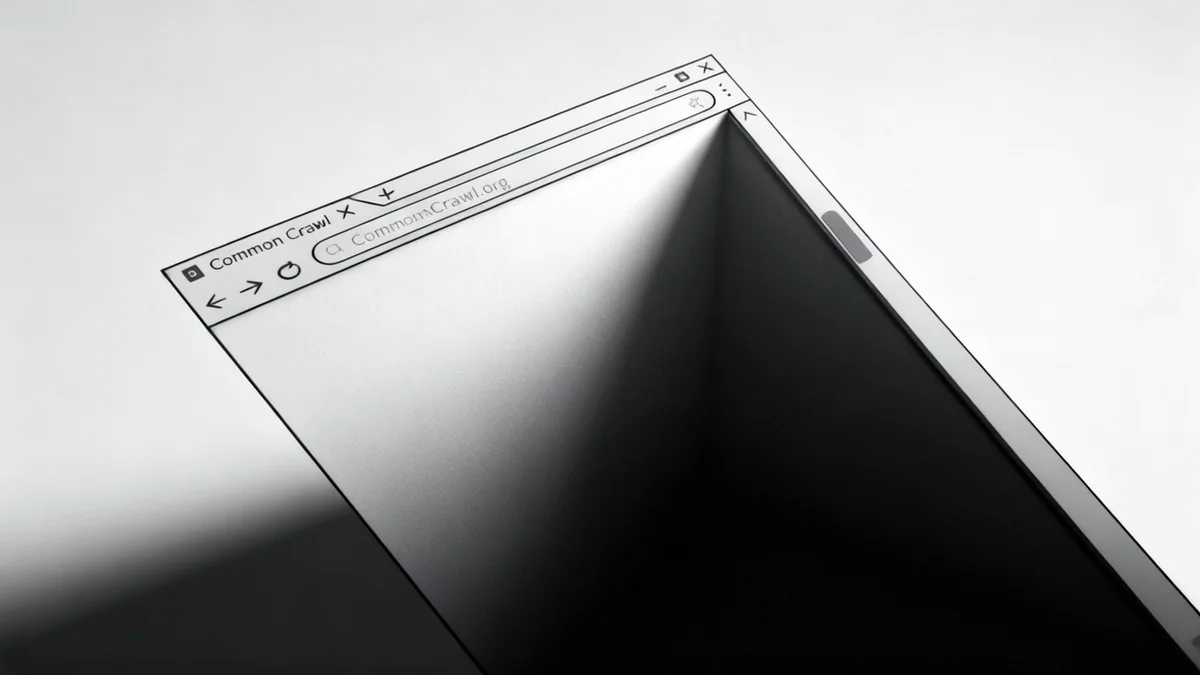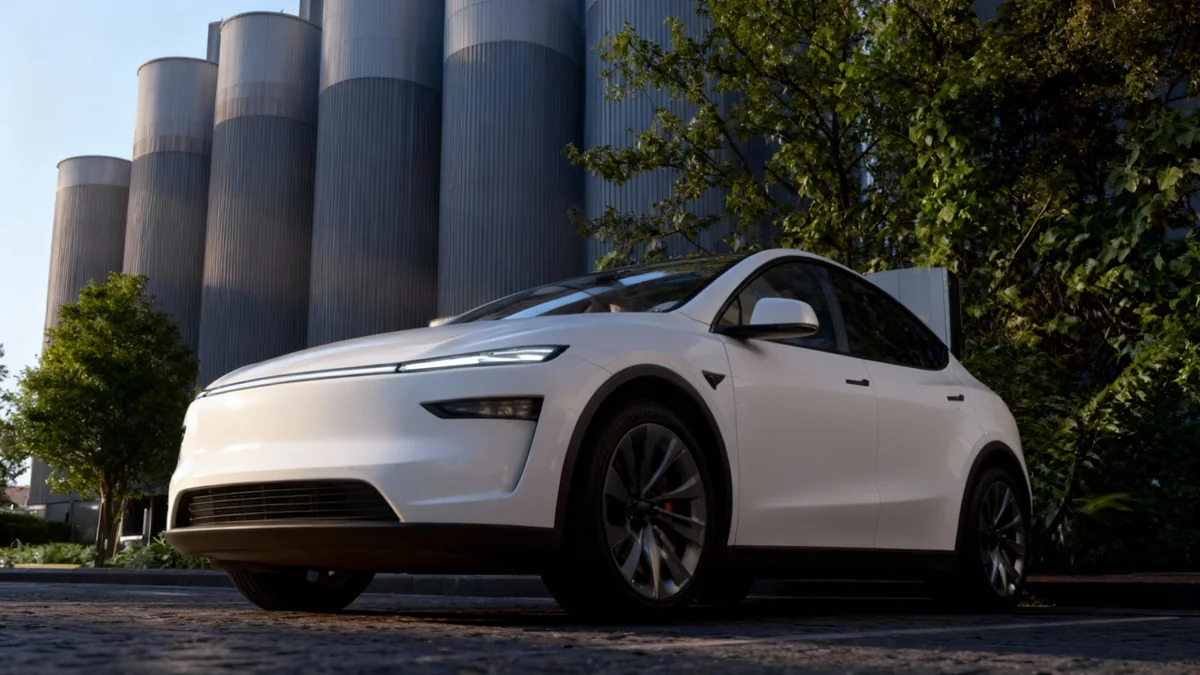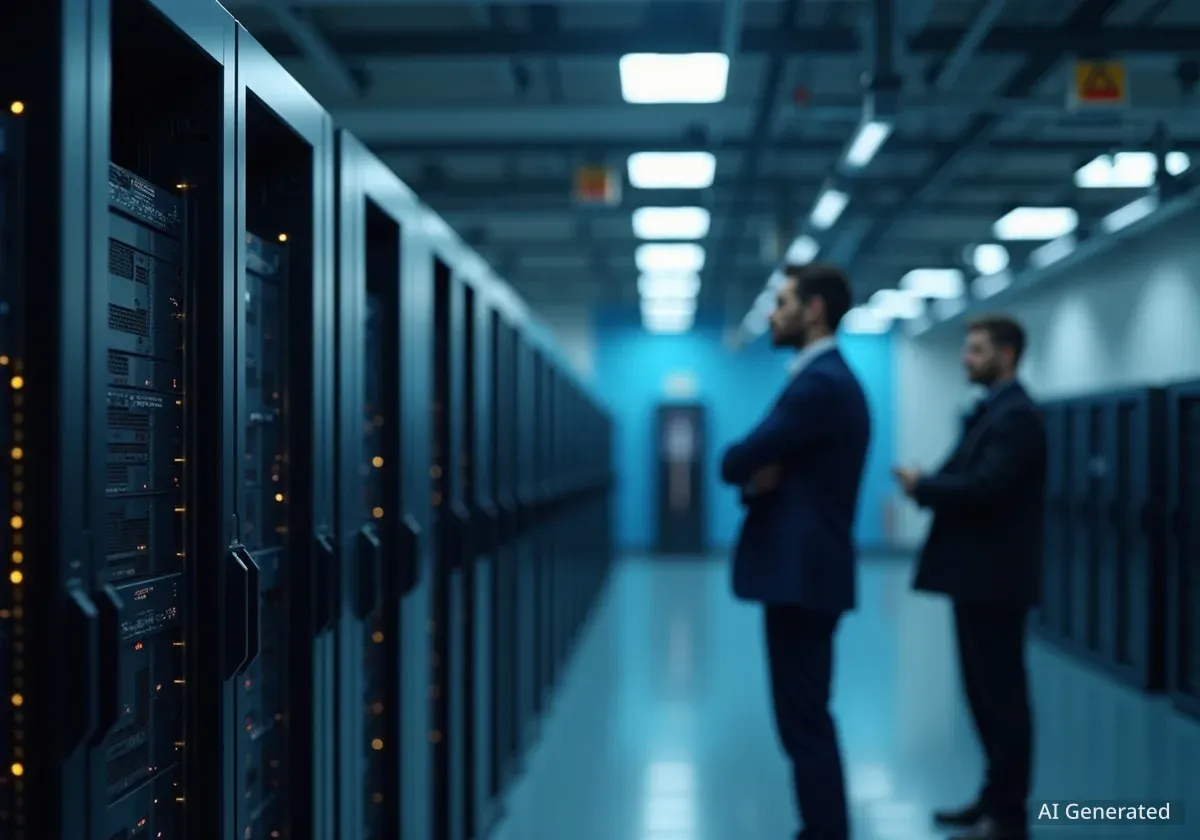Apple is encountering significant hurdles in the development of its rumored robotic smart home device. Reports indicate that the company faces both mechanical engineering challenges and difficulties in identifying compelling artificial intelligence applications for the product. This has reportedly pushed its release timeline back by approximately two years.
The tech giant's efforts to integrate advanced AI into new hardware are part of a broader industry trend. However, other companies have also struggled to launch successful AI-focused gadgets. This context highlights the complex nature of developing innovative AI hardware that resonates with consumers.
Key Takeaways
- Apple's robotic smart home device faces engineering and AI application challenges.
- The product's release timeline is estimated to be two years away.
- Other AI gadgets from companies like Humane and Rabbit have faced significant consumer disinterest.
- Apple's next-gen Siri and other AI features are still under development.
Engineering Roadblocks and AI Integration
According to a report from Bloomberg's Mark Gurman, Apple's robotic smart home hub is experiencing specific engineering issues. A primary concern involves the device's motor system. These mechanical challenges are reportedly significant, requiring substantial investment and development time to resolve.
Beyond the physical components, the company is also working to define compelling AI uses for the device. This aspect presents a more complex challenge. It requires not just technical prowess but also a clear vision for how AI can genuinely enhance user experience in a new hardware category.
"The motor system has had engineering challenges, and the company has sought to find compelling AI uses for the device. That’s pushed out the current timeline to roughly two years from now," Bloomberg reported.
Finding truly useful AI features is a philosophical question as much as a technical one. Before allocating extensive resources, Apple must establish a strong reason for consumers to adopt such a device. This strategic clarity is crucial for any new product, especially in an emerging market like AI gadgets.
Fact Check
- The reported delay for Apple's robotic device is approximately two years.
- Mechanical issues with the motor system are a key engineering challenge.
- The search for compelling AI applications is ongoing.
Challenges Across the AI Gadget Landscape
The difficulties Apple faces are not isolated. The broader market for new AI-centric gadgets has seen limited success recently. Devices like Humane's Ai Pin and Rabbit's R1 have struggled to gain widespread consumer appeal. These products aimed to introduce new ways of interacting with AI but did not achieve significant market traction.
Many existing AI features, such as those found on Google's Pixel devices, are functional but have not fully resonated with users. Consumers often remain unaware of these features or lack a compelling reason to integrate them into their daily routines. This trend suggests a gap between AI capability and practical user value.
Convincing people to use AI features on familiar devices like smartphones is already challenging. It becomes even harder to persuade them to adopt AI features on a completely new type of device, such as a robotic smart home display. The lack of a clear frame of reference can hinder consumer adoption.
Industry Context
The AI gadget market is still in its early stages. Many companies are exploring new form factors and interaction methods for AI. However, consumer demand for dedicated AI hardware has not yet materialized strongly. This indicates a need for more intuitive and indispensable AI applications to drive adoption.
Siri's Evolution and Apple Intelligence
A crucial component for any smart home hub is a capable voice assistant. Apple's Siri, while widely used, has faced ongoing challenges in evolving into a next-generation, chatbot-infused assistant. These struggles are reportedly still active, impacting the potential for a new AI-powered device.
Other Apple Intelligence features have also experienced their own development issues. For example, notification summaries, a feature designed to streamline user interactions, had to be temporarily paused. This pause was due to what the company described as a need for further refinement, indicating that not all AI features are ready for prime time.
The success of a robotic smart home device would heavily rely on a highly functional and intelligent voice assistant. Therefore, the ongoing development of Siri is critical to the future of such hardware. Apple's ability to deliver on its AI promises will be key to overcoming these challenges.
The Path Forward for AI Hardware
Despite the current difficulties, Apple has a history of overcoming engineering and conceptual hurdles. The reported two-year timeline for the robotic device provides a significant window for further development and refinement. A lot can change in the rapidly evolving field of artificial intelligence within this period.
However, the struggles extend beyond Apple. Reports from the Financial Times indicate that the joint venture IO, involving Sam Altman and Jony Ive, is also facing considerable challenges with its palm-sized AI gadget. Issues include the functionality of its voice assistant and the computational power required via cloud infrastructure.
These widespread difficulties suggest that the industry is still in the early stages of making AI gadgets truly useful and compelling for mass consumers. If a company with Apple's resources and design expertise struggles to define the value proposition for such devices, it underscores the complexity of the task for all players in the market.
- Two-year development window provides time for innovation.
- Industry-wide challenges highlight the complex nature of AI hardware.
- Defining clear consumer value is essential for success.





